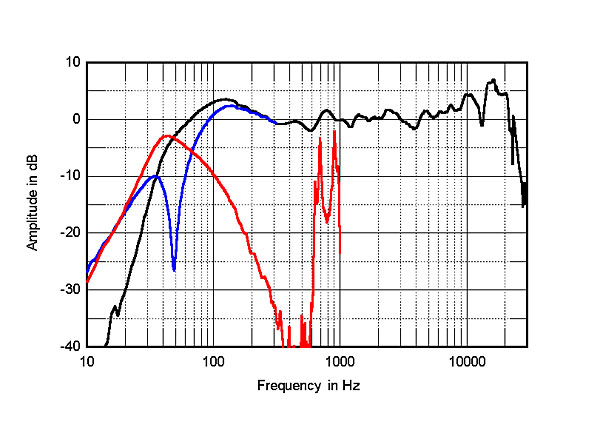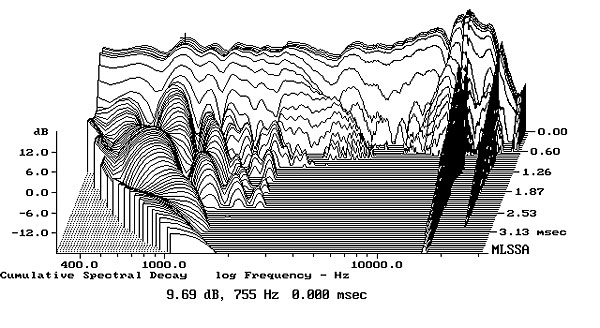| Columns Retired Columns & Blogs |
Hello,
In a recent audio fest here in Athens, i had the chance to audition a pair of DefTech SM45 Speakers drove by an Advanced I65 integrate amplifier with excellent, for my taste, results.
Finaly I have ordered the speakers and looking for amplifier alternatives.
Although, i am very pleased with your cerain review regarding the above subject, i would be very gratefull if you can guide me to the following.
Is it worth it to use the next upgraded Nad model that is the C326BEE, shall i gain any benefits regarding audio results;
I am asking because, the above model other than the extra power handling i.e. 50WRMS/CH isteade of 40WRMS/CH has dual SUB outputs - useful for extra soundstage and lower octave - and separate pre/power in/out.
Your reply woulde be very much appreciated
Kind regards
Stelios Angelidis, MSEE, MBA












































